There are a number of large and well-known environmental organizations (e.g., NRDC and the Sierra Club) and other broad-based sustainability groups that do good work. But there are also many lesser-known, smaller, local, or more issue-specific environmental organizations that I believe also deserve attention and financial support. You might not have heard of all of these groups before, but they’re worth knowing about. They include:
- A local Land Trust / Conservancy (or state or regional parks; or other local land conservation or wildlife protection group)
- Rural Renewable Energy Alliance (RREAL)
- Bold Alliance (Bold Nebraska, Bold Oklahoma, Bold Louisiana)
It was difficult to narrow down my long list of favorite organizations to this small set; there are so many other effective organizations and initiatives that deserve support, as well. If you have a favorite organization to recommend, please mention it in the Comments section.
Remember that you can always give a donation to a group or a cause in honor of someone else—as a gift. It’s a wonderful type of gift to give for the holidays or any other occasion. You can also give someone a charity gift card (such as the TisBest Charity Gift Card) that allows the recipient to spend the funds on a charity of their choice.
I’d also like to take this opportunity to mention a few other non-profit groups that you might want to learn about, though they are not directly/explicitly related to environmental issues. I hope you will look into and support some of these groups, as well:
- International Fund for Animal Welfare (IFAW)
- International Anti-Poaching Foundation (IAPF)
- Animal Legal Defense Fund (ALDF)
- Animal Place (consider sponsoring/”adopting” a rescued farm animal)

- Farm Sanctuary (consider sponsoring/”adopting” a rescued farm animal)
- Gentle Barn (consider sponsoring/”adopting” a rescued farm animal)
- Barn Sanctuary, MI (NEW)
- Wild Earth Farm and Sanctuary, KY (NEW)
- SPCA International (Global Animal Rescue)
- ASPCA
- SPLC / Teaching Tolerance
- National Lawyers Guild
- Innocence Project
- Lawyers’ Committee for Civil Rights Under the Law
- International Rescue Committee
- UN Refugee Agency
- Pathfinder International
- Compassion & Choices
- Michael J. Fox Foundation for Parkinson’s Research
- Parkinson’s Disease Foundation
- Tick-Borne Disease Alliance
Also consider making donations to local organizations that serve your community (e.g., food banks, homeless shelters or affordable housing groups, senior centers, child abuse prevention or foster care groups, veterans support groups, animal rescues/shelters, rural/volunteer fire departments, disaster response/relief groups), as well as to local and nationwide public radio/TV programs and other user-supported media outlets.
Also see: Non-Profit Organizations of Note


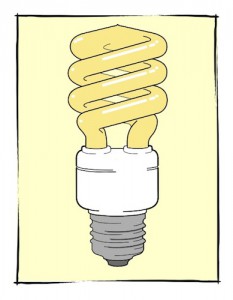
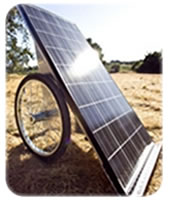
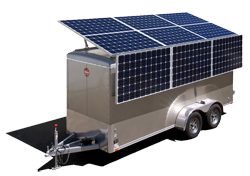

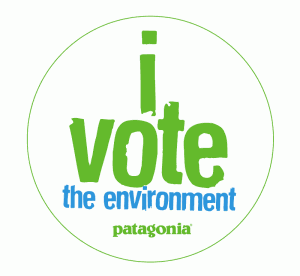

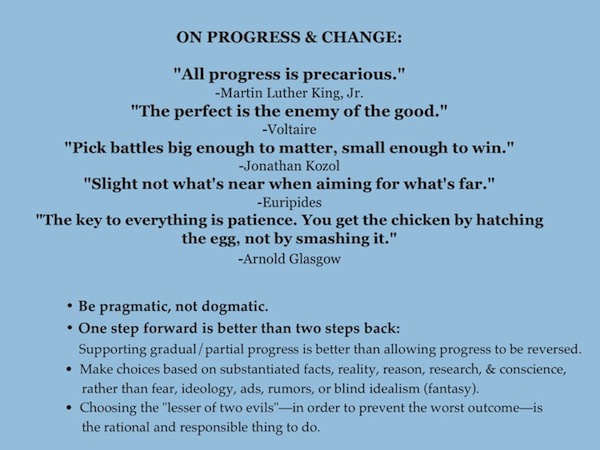






 The
The